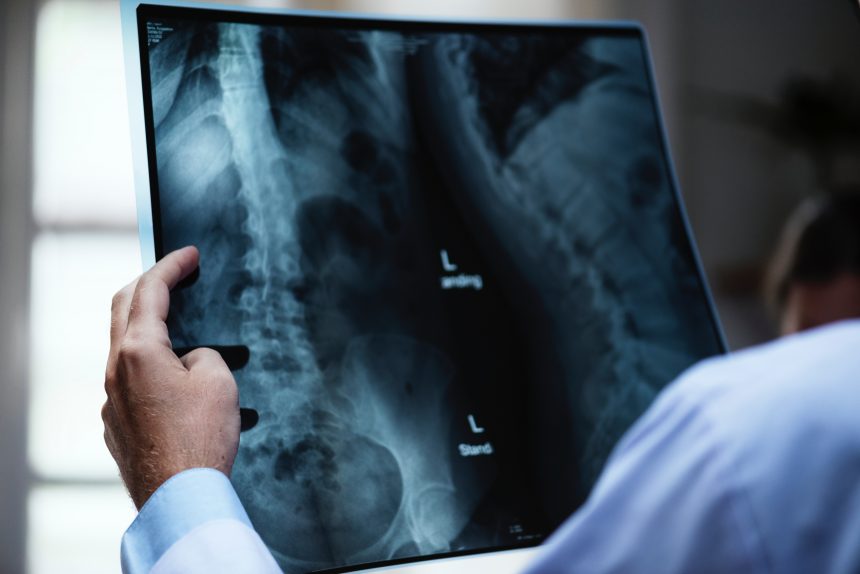5 Ways to Keep Your Back Healthy After Surgery
Disc injuries are among the most common reasons for back surgery. Surviving back surgery is no small feat. You know you don’t want to suffer the pain of another injury, so learning to take care of your spine after surgery is essential. While it might seem like it happened overnight, your disc injury was probably years in the making. These tips may help to repair your issues and keep your back feeling great.
Listen to your doctor.
Surgery may have improved your symptoms so much that you want to jump back into your regular activities. You might feel better, but your back needs time to heal. Your surgeon gave you a set of rules to follow and it is important to stick with them for the full 6 – 8 weeks (or sometimes longer) healing time.
Discectomy surgery scrapes away the damaged inner part of the disc that is causing pain. A disc herniation creates a tunnel which can allow more of the gel-like inside to squeeze out under pressure. The outer portion of the disk needs time to grow cartilage to avoid another herniation. During that time, it is important not to lift, twist, or force flexibility by bending.
Get some exercise.
After healing, exercise is a great way to keep your back healthy. Flexibility is important to maintain back strength. After surgery, your doctor will probably encourage low impact exercise like walking. Starting slow is important, especially if your injury kept you off your feet for a long period of time. As you regain strength, it’s okay to go back to the activities you enjoy.
If you didn’t exercise regularly before your injury, now is a good time to start. Inactivity is a major cause of back injury. Low impact exercise will improve the muscle strength around your spine to protect your discs from further damage. Back-friendly cardiovascular exercise equipment includes stationary bikes and ellipticals.
Swap your seat.
If you spend a lot of time sitting at your desk, you might need a different chair. Sitting puts major strain on your back. Improper posture makes the problem worse. Sitting in one place for a long period of time is never ideal, but if your job requires it you might need to rethink your idea of sitting comfort.
Ergonomic knee chairs force you to properly adjust your posture. They might seem uncomfortable at first, but you will likely adjust quickly. Ergonomic chairs naturally align your pelvis and hips. After a few weeks, you probably won’t want to give your new chair up.
Strengthen your core.
Your abdominal muscles are critical for back health. If your stomach muscles don’t do their job, your back is forced to pick up the slack. Exercises like sit-ups that stress your back or neck are not recommended. However, stability exercises can build your core without harming your back.
Planks and side planks are both a good choice for keeping your back straight and increasing strength. Stability exercises are designed to build up over time, so don’t overdo it in the beginning. Some types of yoga can also gently improve core strength.
Learn your limits.
Every person is different. After recovery, you should be able to go back to the activities you love. However, your back has been compromised. It is different than it used to be, and you must react accordingly. It is important to notice which activities cause you pain. When you begin to feel back pain, take breaks or change your methods. There might be some types of work or activities that you no longer feel comfortable doing at all.
Sometimes it takes a little creativity, but you should be able to return to almost any kind of activity. Even lifting is okay if you do it the right way. You are the only person who knows how you feel, so you have to listen to your body.
Back surgery should not put an end to your active life. There is no reason to change your lifestyle or expect to suffer from chronic pain. With the right measures, you can be as strong, or possibly even stronger, than before your injury.

